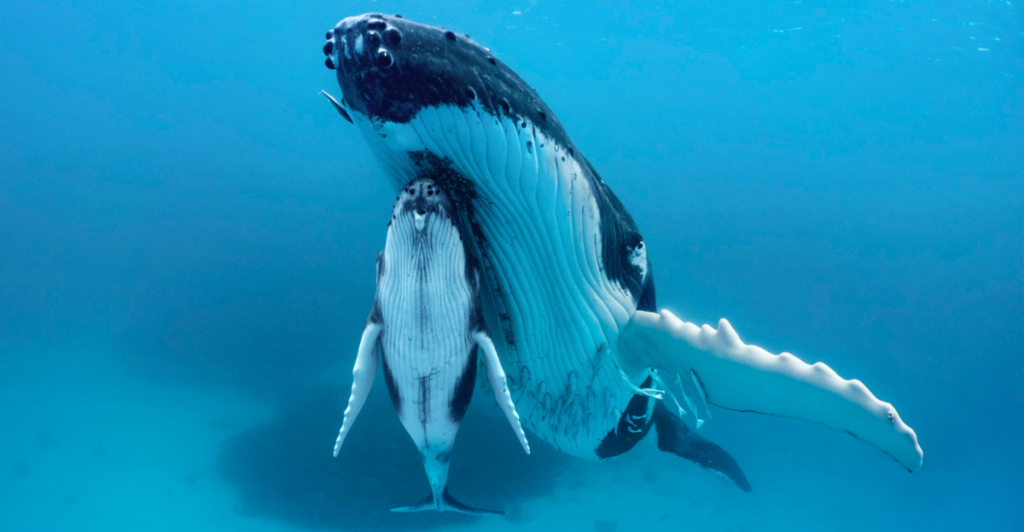
For years, the haunting songs of humpback whales have echoed through the ocean, but lately, something surprising has happened—they’re singing more than ever. Scientists tracking these underwater melodies discovered that humpback whale songs have nearly doubled in frequency, and the reason is all about food. What’s behind this musical surge, and what does it reveal about our changing oceans?
Why Humpbacks Are Singing More
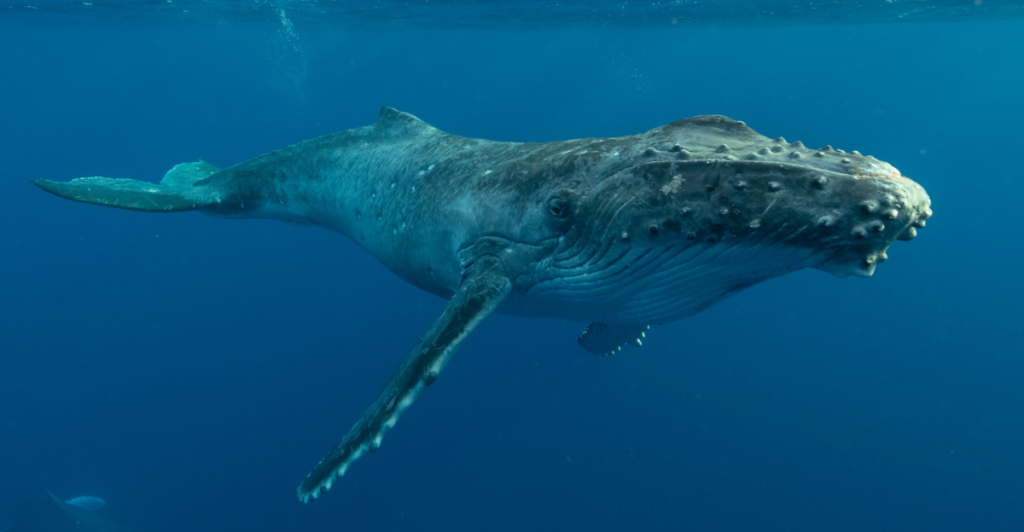
Humpback whales are known as one of the most vocal sea creatures, and right now, they are singing more than ever. Researchers have recorded almost twice as many songs as in the past. The reasons for this go beyond just courting mates. Changes in food supplies and the environment are causing this increase in whale music, giving us new insights into their lives. So, what is causing this surprising rise in vocalization?
Feast and Frequency—How Food Fuels Whale Songs
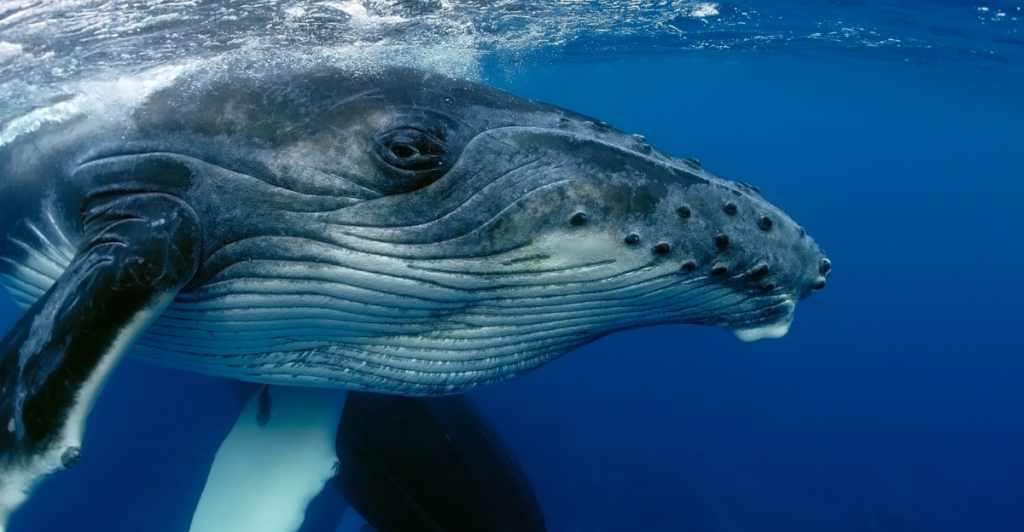
A well-fed whale is a more vocal whale. Scientists found a clear link between increased whale songs and abundant food supplies, especially krill and anchovies. When food is plentiful, whales are healthier, more energetic, and more likely to sing. These songs may serve as signals of strength, territorial markers, or even joyful expressions of abundance.
Changing Oceans, Changing Voices

Humpback whales are very good at adapting, and their songs change as ocean conditions change. Factors like water temperature, currents, and food availability affect how these whales communicate. By changing their vocalizations to fit their environment, these intelligent creatures may be using their songs to survive. This helps them find new feeding areas and keep social connections. Their increasing variety of songs shows how they can thrive in a fast-changing world.
The Mystery of Whale Song Evolution
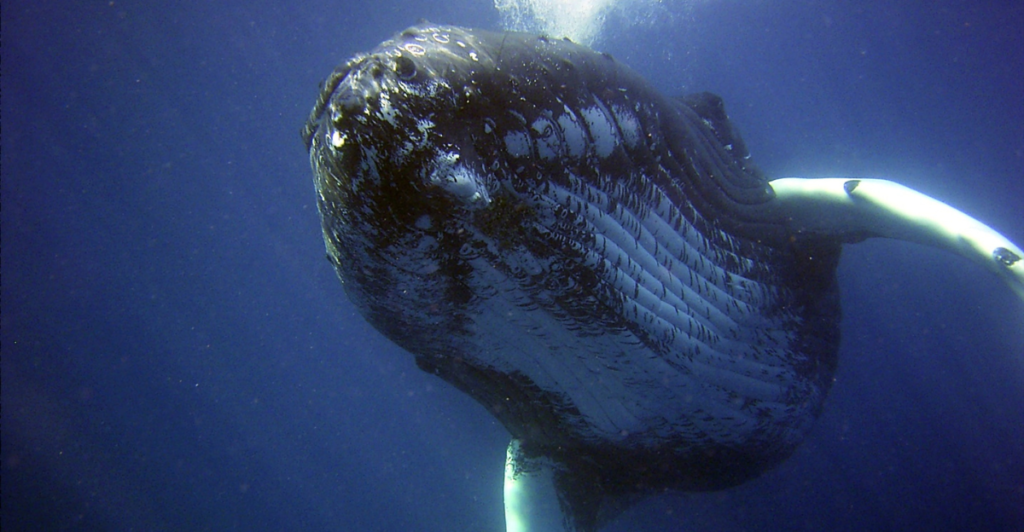
Humpback whale songs aren’t just noise—they are always changing, similar to human languages. Scientists used to think whales only copied songs from each other, but new research shows they also create their own tunes. This could explain why the number of songs has nearly doubled.
Battling Ocean Noise—Whales Raising Their Voices

With ship engines, drilling, and sonar making the ocean noisier, whales respond by adapting. Some scientists think whales are singing more often to be heard above the rising noise from human activities. By making more sounds, humpback whales may ensure their calls reach potential mates and group members despite the underwater racket. Is this increase in their singing a way to cope with a world that is becoming louder every day?
Whales Sing for Many Reasons
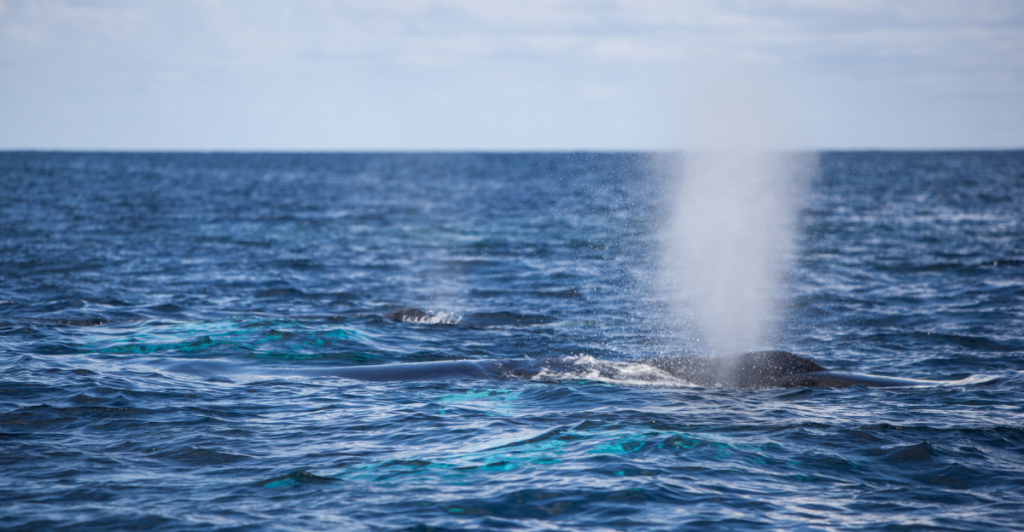
For years, scientists believed whale songs were mostly about mating, but recent findings suggest they serve multiple purposes. Some theories propose that singing helps whales map their surroundings, find food, or strengthen social bonds. If whales are using song as a multi-purpose tool rather than just a mating call, it could explain why they’re vocalizing more than ever.
The Cultural Side of Whale Songs
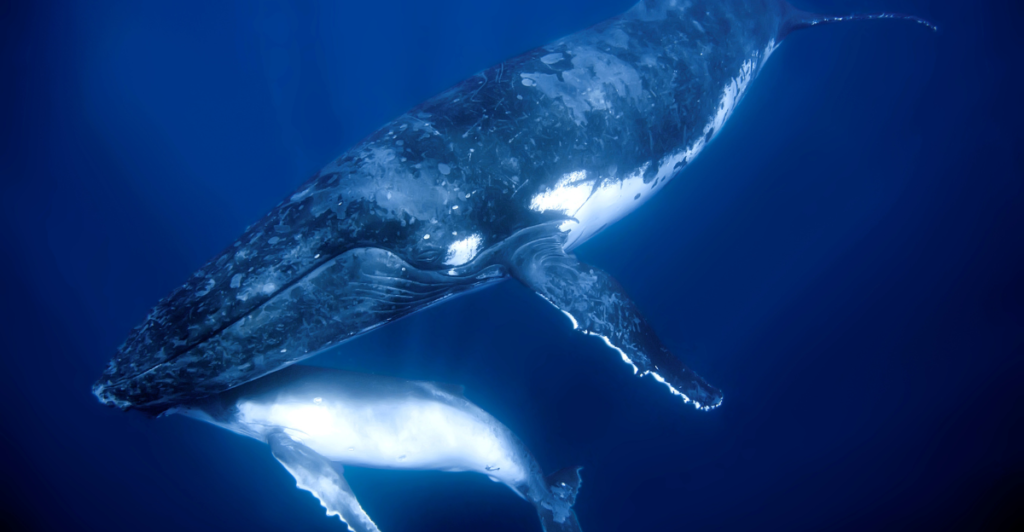
Different groups of whales have their own unique songs. When these groups meet, they exchange songs, similar to how humans share culture. As whale populations increase and mix in feeding areas, new songs spread quickly. This may lead to more whales singing. Could this increase in singing mean that whale culture is more advanced than we thought?
Conservation Success or Warning Sign?

More whale songs could be a sign of recovery—proof that conservation efforts are working. But some scientists worry it could also mean whales are facing new challenges, forcing them to adapt. Understanding the reasons behind their growing songs is key to protecting these incredible creatures and their ocean home.
Case Study: The Singing Whales of the North Atlantic
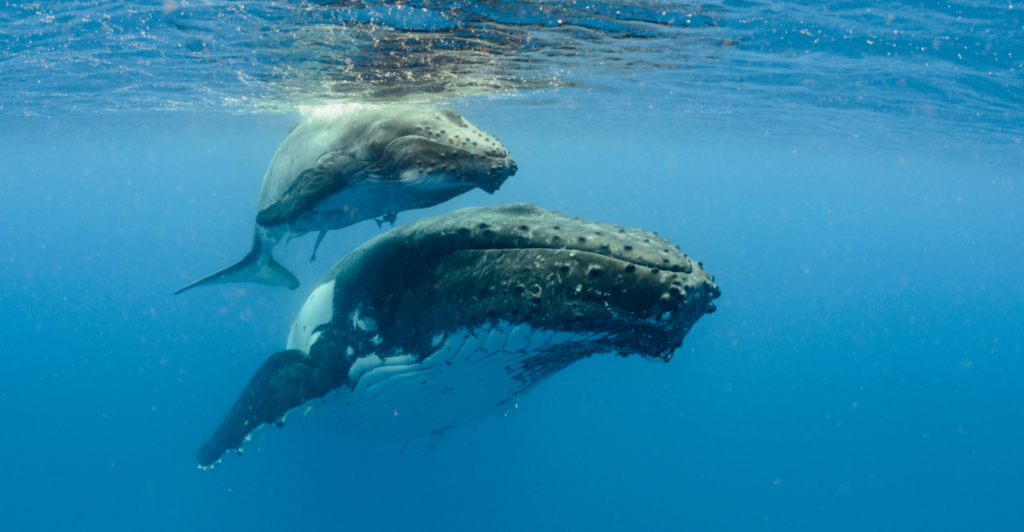
Humpback whales in the North Atlantic are changing their songs faster than ever before. Researchers have found that new song variations are appearing at an unmatched rate. Some believe these changes may be due to changing environmental conditions or more competition among male whales. This creates a lively and ever-changing soundscape that shows how adaptable and creative these ocean musicians can be.
The Future of Whale Song—What’s Next?
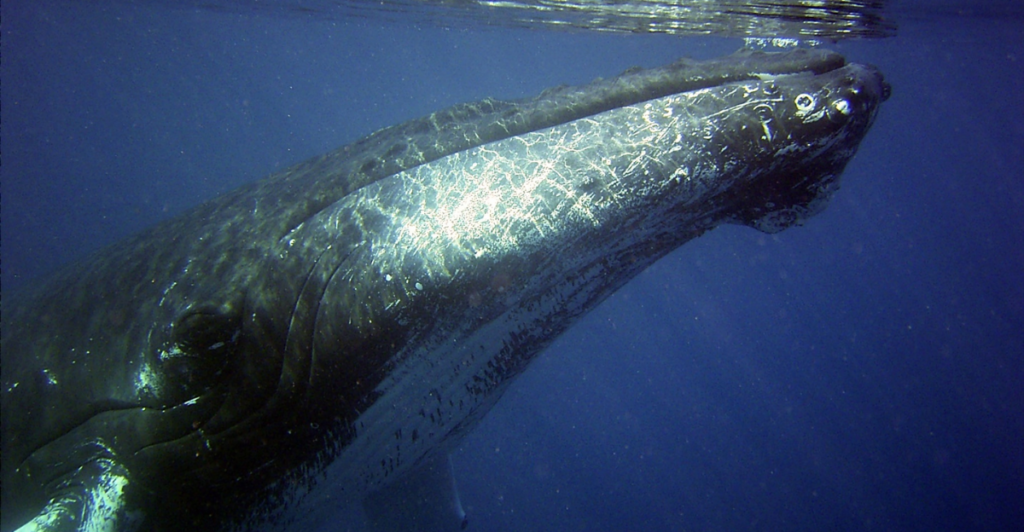
With technology advancing, scientists are now using AI-powered acoustic monitoring to decode whale songs in greater detail. These tools could reveal new patterns in their vocal behavior, helping us understand why their songs are increasing and what they mean. As we listen more closely, we may uncover secrets hidden within these underwater melodies—clues that could shape conservation efforts and deepen our connection to these incredible creatures.
Explore more of our trending stories and hit Follow to keep them coming to your feed!

Don’t miss out on more stories like this! Hit the Follow button at the top of this article to stay updated with the latest news. Share your thoughts in the comments—we’d love to hear from you!







